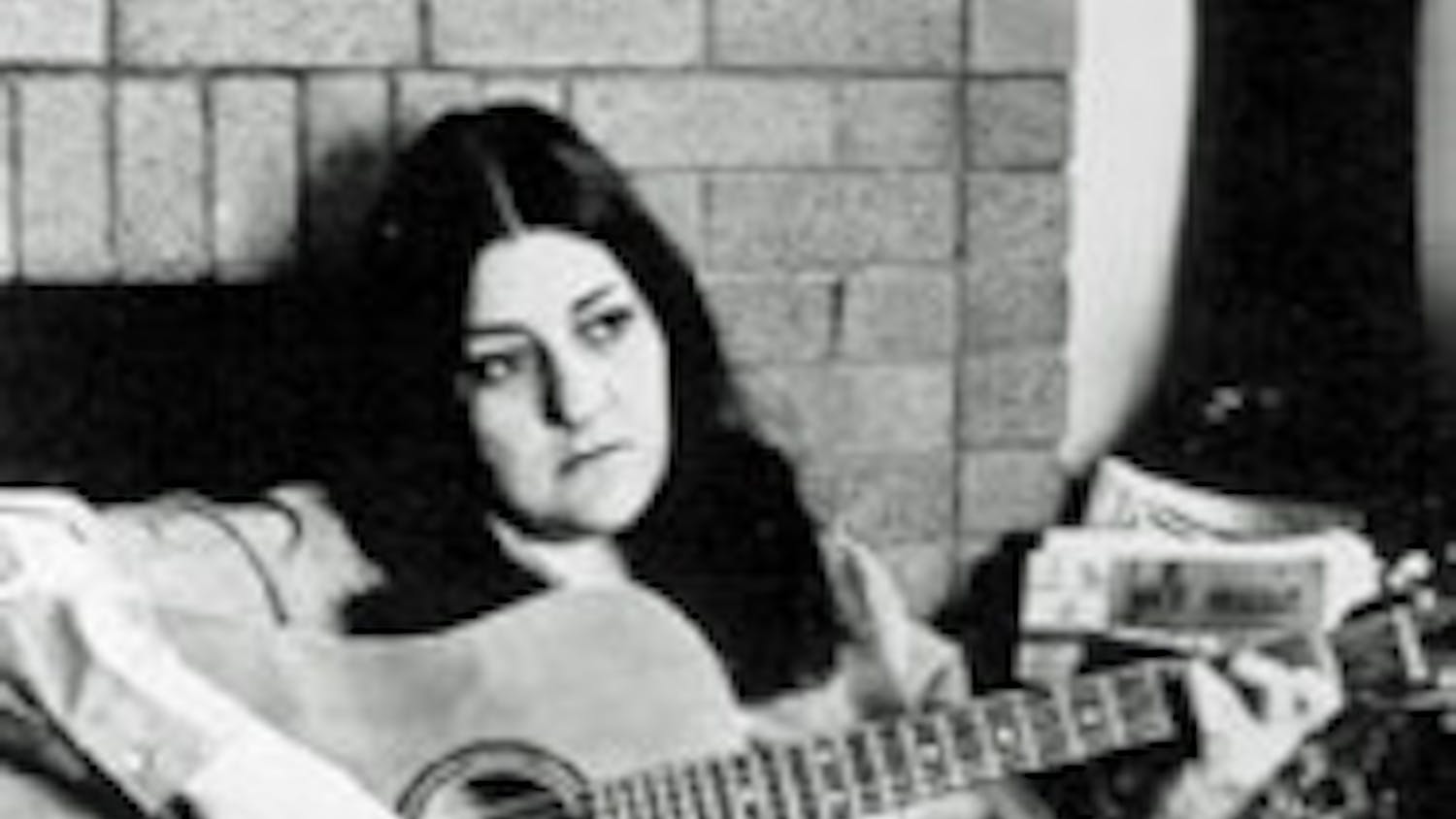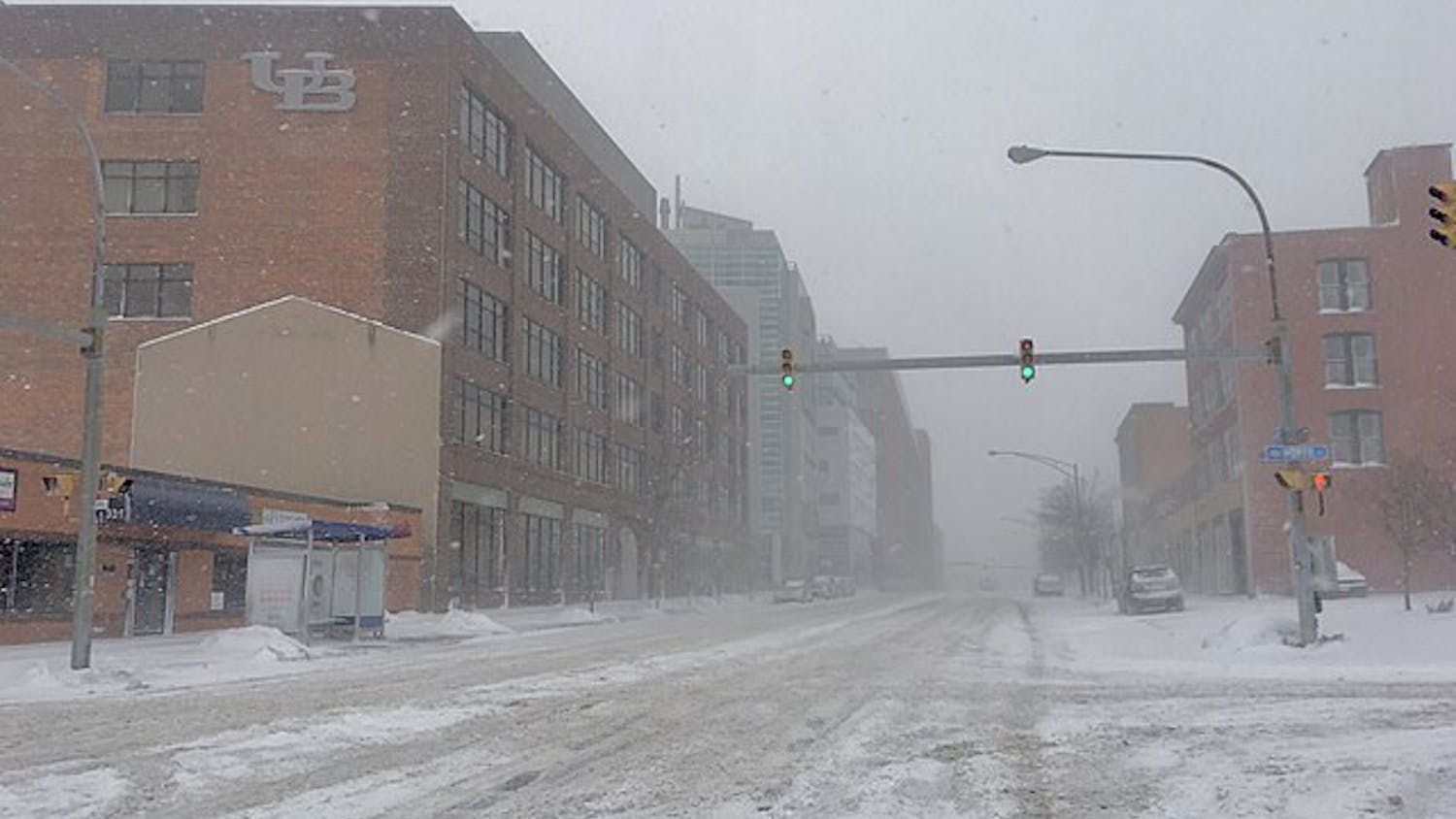Each year, Americans spend 40 billion dollars on coffee, and drink an average of 3.1 cups a day, according to the National Coffee Association. Students at UB prove to be no different.
It is almost impossible to miss a Tim Hortons' coffee cup or a Starbucks' latte on campus. It seems like someone is always clenching their hands around a cup of extra hot, skim milk, double shot, French vanilla milky goodness.
Coffee and caffeine are engrained in UB's campus culture. Whether students drink it for a shot of energy or enjoy a slow sip whilst scribbling over their notebooks, they enjoy their caffeine kick.
Out of 100 UB students polled, 73 percent said they drink coffee for a boost in energy. Additionally, 27 percent said they drink coffee for a social experience.
Janice Cochran, coordinator of nutrition and physical activity at UB Wellness Education Services, emphasizes that students need to realize the negative health ramifications of consuming too much coffee.
Caffeine is known to prolong stress. As a stimulant, coffee heightens the activities of the nervous system, which can lead to extended sensations of stress and anxiety.
"Stress is the number one academic impediment for students, how we manage stress can either exacerbate it or help us get by," Cochran said. "[Coffee] is a drug, it is a stimulant."
Students are busy juggling the demands of studying for classes, working, and maintaining social lives. These all make it harder for them to find the time to actually sit down and enjoy slow sips from their coffee mug.
Daniel Desiderio, a junior history major, describes the coffee culture on campus as, "a drink purchased in order to keep students' eyes open in class."
Many students feel forced to stay awake all night in order to succeed in school.
"I think the work load plays a huge role on people's sleep schedules," Desiderio said. "They're up all night and drink coffee to stay awake all day."
When students begin to use coffee as a substitute for food, other health issues begin to arise, according to Cochran.
"What's often an issue [for students] is they may use coffee or other caffeine substances as a means of energy," Cochran said. "They think, ‘I'm going to get some energy, I'm going to perk up,' when their energy intake is food. That's what needs to be addressed. Are they eating regularly? Are they eating a balance of nutrients regularly? And are they getting enough sleep? Often caffeine can sort of fill in for those basics."
Holly Caldwell, a senior biological science major and Tim Horton's employee, believes that the demands of a busy society lead people to want coffee, and want it fast.
"Tim Horton's is a [faster] environment, [you're] not waiting in line for five hours for one cup of coffee," Caldwell said. "We'll get costumers their coffee and they'll leave.
On the other hand, Starbucks aims at creating a more relaxed and social environment, catering to the needs of those students who love to sip over their homework or chat with a friend.
In America the cost for an average brewed coffee is $1.38, and the average price for an espresso based coffee is $2.45. Seventy-seven percent of UB students surveyed said that they base their coffee purchases off of taste and are willing to pay more money for better tasting coffee.
"I feel like I don't see many people just drinking straight coffee anywhere, so a lot of people think it's worth it to get the really awesome things that they make at Starbucks for the money," said Julia Tomanovich, a freshman anthropology and dance major.
When listening to people place their orders on the coffee line, it is evident that many are more interested in the different types of flavors and milks that they can add to their drink. The culture of coffee is moving from regular with milk and sugar, to ‘can I please have that salted caramel macchiato, make it skinny please?'
"It's not just the coffee that they like, I think they like the stuff that goes into it," Tomanovich said. "So you could get an iced cappuccino at Tim Horton's or you could get the most incredible pumpkin spice latte of your life at Starbucks and pay $4. But for me, I'd rather pay a dollar for sub-par coffee."
Email: features@ubspectrum.com





